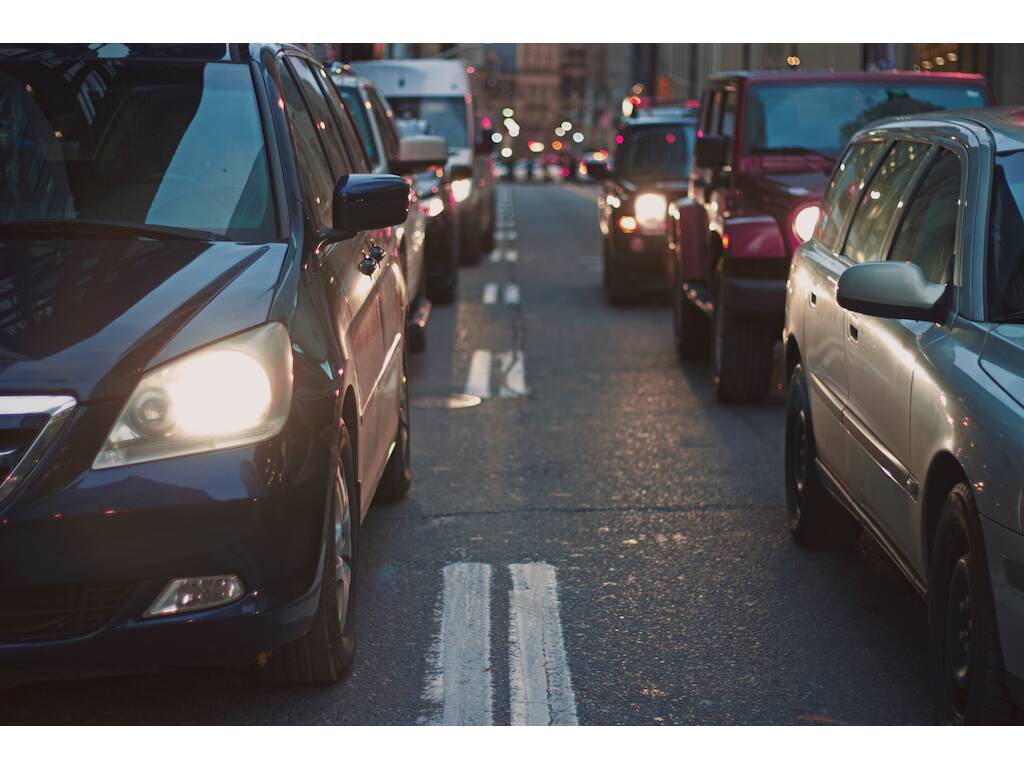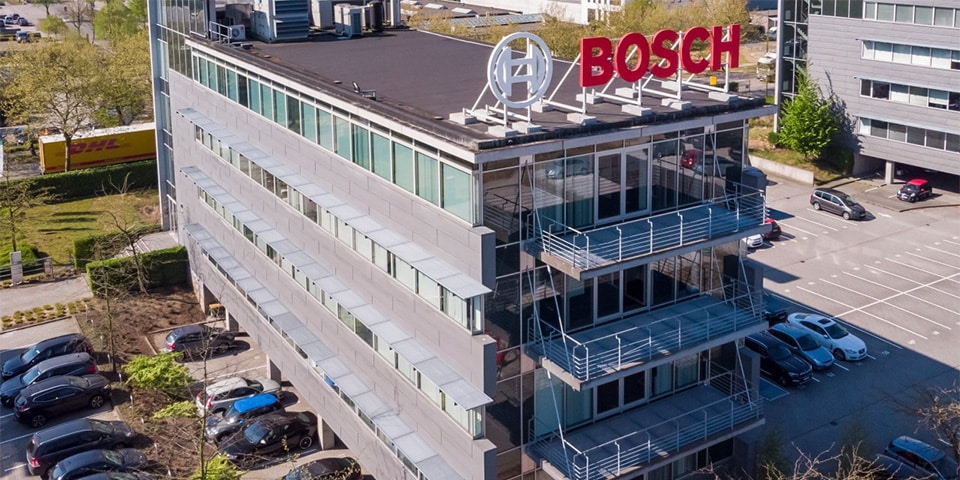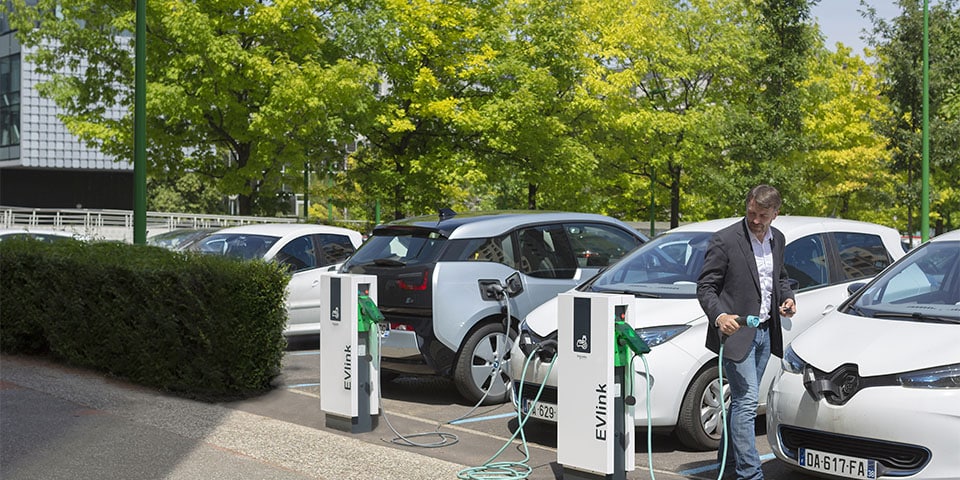
(Bio)gas as an energy source for transport: An equal path towards climate neutrality
In a fascinating interview series, gas.be pays a lot of attention to climate targets, and how we can meet them. In a new episode, in which Liesbeth Imbo puts Stefaan De Ganck (Director Mobility & New Energies at TotalEnergies Mobility Solutions) to the test, the main topic is mobility. Is the electric car the only way forward? Or is there also an important role for alternative solutions, such as CNG, LNG or hydrogen? ‘We need to offer multiple solutions,’ says De Ganck.
Several sectors, including industry, have made significant steps towards greening. In terms of mobility, almost the opposite is true: despite steep ambitions, CO 2 emissions have actually increased. Why is that? “There is a contradiction: we want to reduce our emissions, but at the same time there is an increasing need for mobility and transport. This requires a joint approach.
An evolution is indeed taking place, and it will continue. The vast majority of vehicles still run on fossil fuels, but alternatives are becoming increasingly popular. Just think of electromobility, but also gas, in the form of (bio-)CNG (compressed natural gas), or in liquid form (LNG) for heavier ‘transport’.“

One problem with electric vehicles is that they are still too expensive for many people today. When will that change?
“Indeed, an electric car is still more expensive than the traditional combustion car. But that price will come down, even faster than we think. The most important element in that cost is the purchase of a battery. And this is precisely where a huge evolution is taking place. We expect an electric car to be no more expensive than an ordinary car as early as 2025.”
Meanwhile, the government wants to make all commercial vehicles electric by 2026. Do you think this is a good thing?
“We have to be careful with that: it is wrong to tout a single technology. We believe in complementarity of solutions as well as energy sources. Electromobility plays an important role, but it is not the only good solution. For instance, there is biodiesel, 100 per cent plant-based, and biogas. We are in a transition period towards climate neutrality. In that period, several energy sources have their place.
A key issue is: how do you approach sustainability? Do you look only at emissions or at the entire lifetime of an energy source? Suppose you were to power all cars with electricity today, that does not necessarily amount to complete greening. After all, the origin of that electricity is not 100 per cent green - today that share hovers around 20 per cent.”

Are people sufficiently familiar with the opportunities gas can offer in terms of mobility?
“Private individuals are not always familiar with it yet, but fleet managers absolutely are. Today, there are about 23,000 cars running on CNG in Belgium, and that number is still growing. A car that runs on CNG already reduces CO 2 emissions by about 20 to 25 percent, and is also extremely cost-efficient. You can also fuel those cars with bio-CNG, based on processing organic waste, and thus take a further step towards CO 2 neutrality. Already two years ago, we opened our first station in Brussels that runs 100 per cent on bio-CNG. Recently, another station was added in Wallonia.”
And what about the potential of hydrogen for the transport sector?
“In terms of passenger cars, that potential is rather limited in the short and medium term - there the evolution towards electromobility will continue. But then there is also heavy goods traffic and long-distance transport: there, LNG and bio-LNG and, by the end of the decade, hydrogen also offer enough potential to take important steps towards climate neutrality in that sector too.”





